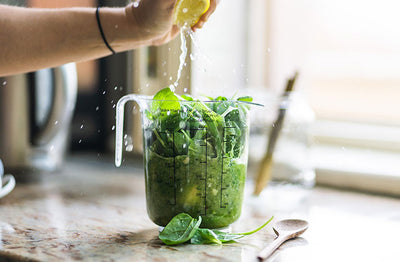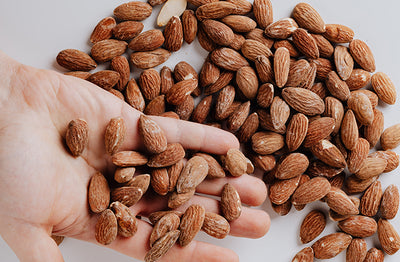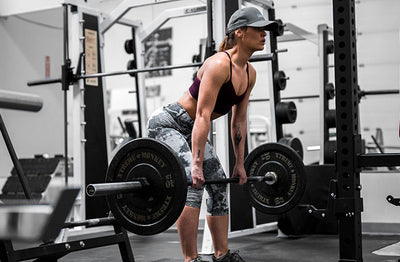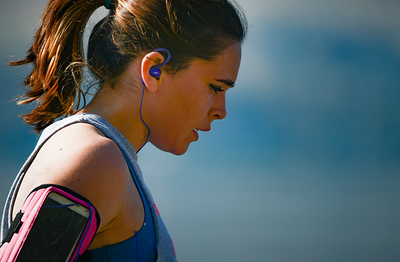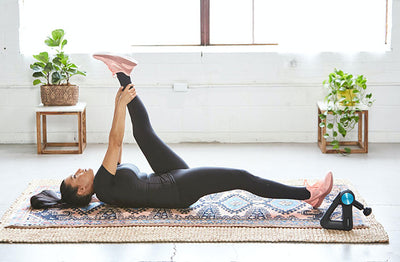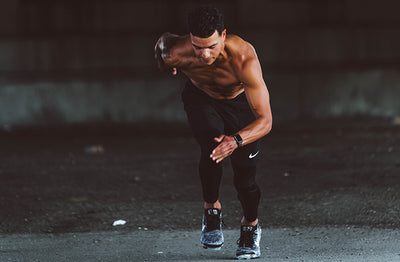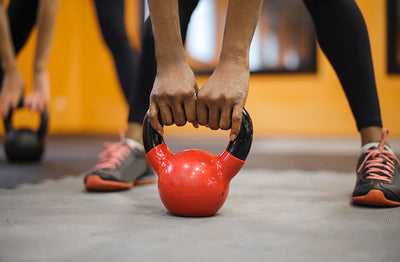Swimming for fitness, like any exercise, isn’t about just showing up, doing a long session and leaving. You have to have a good warm-up, a solid workout and a good warm-down.
Swimming is a great whole body workout that doesn’t have the same injury risk as some other activities. You can get some good cardio workout and is a great exercise to burn fats. The water takes some of the strain off your body, so it’s a great way to get back into fitness if you haven’t been active for a while.
This is a basic guide to get you started. It’s focused on building lean muscle, so you’ll get a good workout and burn fat too.
If you are serious about results, ask the staff at your local pool. They’ll be able to direct you to a trainer who can help you with an individual program, but for now, have a try of this one:
Warm-up
Stretch. There are as many stretching routines as there are single gym socks around the world, but pick one that does your whole body. Focus on your shoulders, thighs and sides. Once you’ve gotten a little loose, jump in the water and start your warm-up.
Your warm up should be a fairly long distance (about 20% of the distance you swim for the session) with short or no rest.
It’s meant to get your body loose and ready to workout. Your stroke should be long and controlled. Focus on your form and take your time. You want your blood pumping a bit and your heart rate a little above normal.
Main Set
Ideally, this will be set by a coach to suit your needs, but a good way to build some lean muscle is to go for sprints with short rest in between.
Most pools will have a 60 second clock at the end of the pool. Use this to set off on a 25 metre sprint every 30 seconds, resting for any left over time. If you’re in a 50m pool, leave on every minute.
Do that 25m sprint eight times, then swim an easy 100 metres with a minute rest. Do this set once at first, and increase the repetitions as you get stronger.
Your heart rate should be up, but not so high that you can’t breathe at least every third stroke. Every fifth stroke is even better.
Just try to keep going. It will be hard at first, but it gets easier.
Warm-Down
The same as the warm-up, but take it slightly easier. You’ve done the hard work, stretch at every opportunity and then some more in the showers.
SUMMARY:
1km program
200m warm up
2 X 100m swim, 30 second rest in-between Heart rate at about 60% of max
400m main set
4 X 25m sprint, leaving every 30 seconds. Heart Rate at about 75%-80% of max.
1 X 100m easy swim with 30 seconds rest, Heart Rate at about 60% of max.
(Do this twice at first, then add up to four lots of this as you get better. If you’re getting more than 10 seconds rest, leave every 25 seconds. You should be getting around 10 seconds rest at the start of the set, down to just a couple as you get tired)
400m warm down
4 X 100m swim, 30 seconds rest in between, Heart rate at about 50-60% of max.

Common Mistakes
Swimming is a whole body exercise. That means using your legs as well as your upper body. If your legs aren’t kicking, you’re bum will sink, your head will lift and you’ll be swimming uphill. You also look like a drowning turtle, so it’s not great.
Another is to focus on distance rather than form. Like any exercise, your form is very important. Better to swim 1km with good form than 3km with bad stroke. You want to be smooth, gliding through the water and getting a good “grip” with your strokes. This works out a lot more of your body than swimming like a windmill in a hurricane ever will. It looks a lot cooler too, which is almost as important as being effective. If you're not swimming correctly, you can give yourself an injury.
Possible the most common mistake though, is to not drink enough water. Sure, you’re surrounded by the stuff, but you can’t tell how much you’re sweating out (you better not be peeing in the pool though… No one wants to swim through that…). Keep a water bottle at the end of the pool, and drink often.
Conclusion
This is only meant as a guide for you to get started. As always, keep in mind that to get the best results, you need to have good nutrition, hard work and motivation. If you’re serious about getting fit, ask a fitness professional for a good
pre-workout supplement,
multivitamin, a good program, and a good meal plan tailored to your needs.
And remember, enjoy yourself. Swimming is one of the few activities where your mind can wander. There’s little noise, your body is floating and even while you’re busting a gut trying to push through another lap, the feeling can be quite relaxing. You’re not fighting the water, you’re gliding through it. Eventually, you may even feel like it’s helping you along. This is when you really get to embrace swimming, even if you do have to dash to the change rooms in lycra underwear on a cold winter morning.
Read More:






